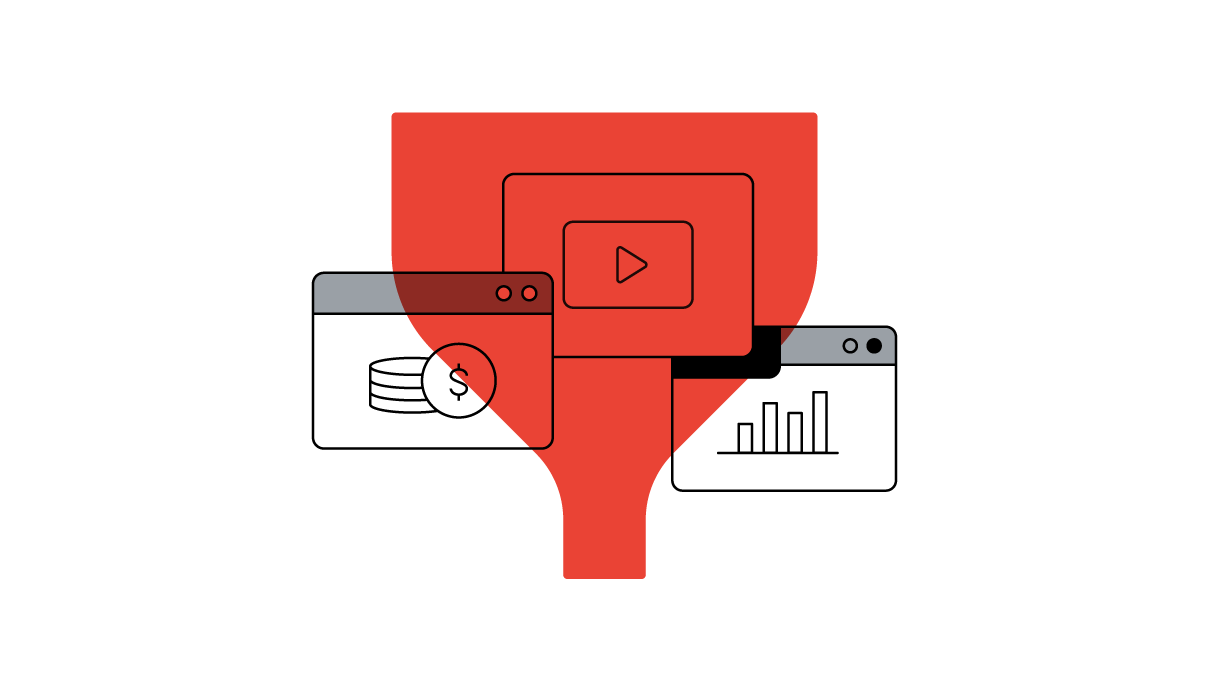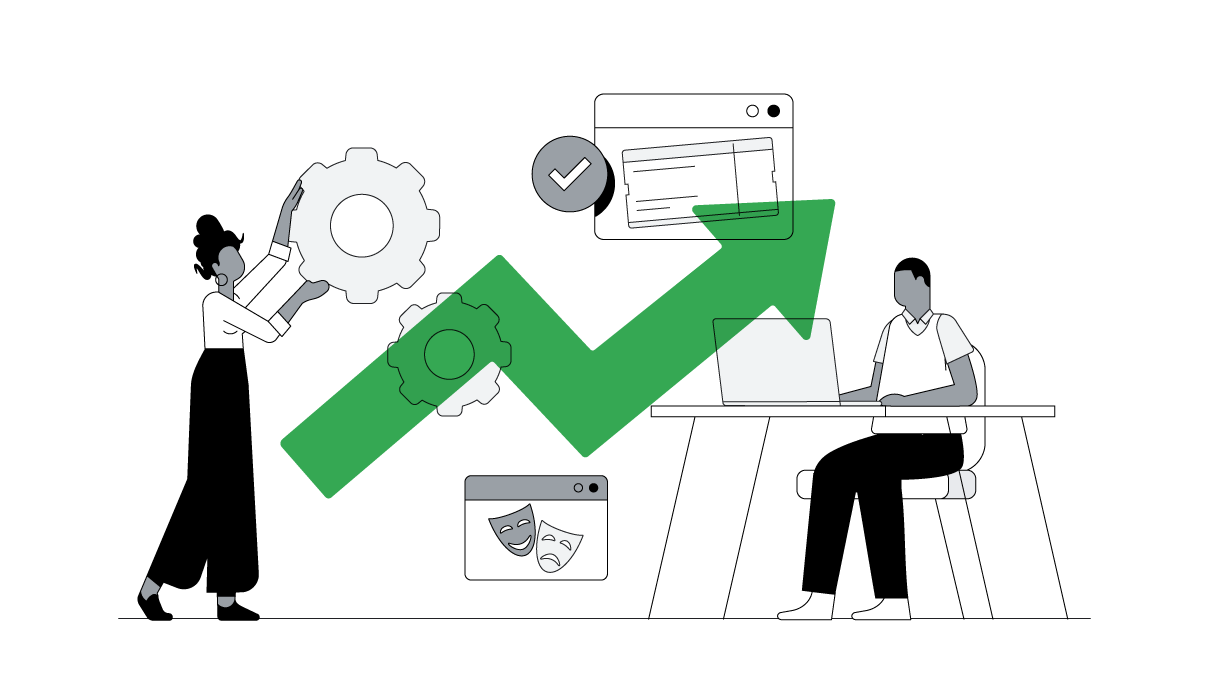For us and the other marketers at Google, performance measurement is an important element of our tool kit that enables us to run campaigns that resonate with people and drive business results. Effective measurement helps us understand how to optimise a campaign to drive positive ROI, how a campaign has impacted consumer brand sentiment, and much more.
For decades, third-party cookies have served as a one-stop shop for marketers to meet their measurement needs. These identifiers have multiple uses, such as conversion measurement and attribution, while helping us communicate the value and impact of our work. But consumer and regulatory privacy shifts have compelled the industry to seek new ways of measuring marketing success that don’t rely on third-party cookies.
This window of time before cookie deprecation takes effect presents a critical opportunity for marketers.
This window of time before cookie deprecation takes effect presents a critical opportunity for marketers. We should use it to experiment with new tools and gain confidence in our ability to make smart investment decisions and prove marketing impact. At Google, we’ve spent this period learning as much as we can about the privacy-preserving measurement solutions at our disposal and making sure we have the right tool set to be able to measure holistically going forward.
As we undertake this journey, having the trust and support of senior leadership has been critical. Google’s top executives have made it a priority to ensure that our measurement is secure and compliant, while accurately informing business investments. We have monthly meetings with our CMO, Lorraine Twohill, and regular meetings with our CFO, Ruth Porat, to discuss Media Lab’s measurement results and how we’re using them to make decisions and investments.
With leadership support, we’ve been able to employ tried-and-tested techniques from the days before cookies alongside new and advanced privacy-centric measurement solutions to better understand what tools we’ll need for the future.
How we’re elevating incrementality measurement
Incrementality testing is an important area of investment for Google, because it demonstrates how marketing can drive business results. To analyse how many incremental conversions resulted from our media budget, we regularly use proprietary solutions and other techniques. Conversion Lift based on users is a good example of a proprietary technique we use to measure marketing success through the lens of the audience viewing an ad.
With these experiments, we can show the added value each channel contributes to our conversions and make informed decisions.
With these experiments, we can show the added value each channel contributes to our conversions and make informed decisions about how to optimise our spend. At Google, we believe incrementality tests are a staple measurement tool and aspire to have at least 80% of our investment measured incrementally.
Over time, we have streamlined our processes to make incrementality tests as efficient as possible. For example, multiple teams are typically needed to launch a Conversion Lift based on a geography experiment, including both in-house and agency teams, spanning media and measurement functions. To make collaboration more efficient, we have a specific process to configure the markets, campaign length, and analysis for these experiments. We also make it a principle to prioritize cross-market testing of our top 10 campaigns based on investment size and strategic importance.
Our team has also used Customer Match to learn what resonates with users, to measure results incrementally, and to attribute conversions accurately in campaigns for Pixel and other products. To achieve this, we split our first-party data into two groups: a test group that will see our ad and a control group that won’t. We then run our campaign and compare specific interactions, such as phone activations, from both groups. This helps us measure how a campaign drives business outcomes like customer loyalty.
How we’re adapting to measure cross-platform analytics
At any given time, Google’s media team manages hundreds of marketing campaigns. We’ve found that tools built with privacy at their core, like Google Analytics 4, help us preserve our ability to generate insights and find new ways to optimise our marketing.
Testing and experimentation are essential to understanding how new privacy-safe tools can help.
We use Google Analytics as a tool to measure media performance, because it’s a solution that we, as marketers, can own end to end. And it’s inherently actionable thanks to integrations with platforms like Display & Video 360 and Google Ads. It keeps our measurement accurate by solving for unknowns in the customer journey via modeling and data-driven attribution. Given the advanced privacy controls and built-in behavioural modelling, our team is confident that Google Analytics 4 will be the bedrock for the future of our marketing.
In a cookieless future, there won’t be a silver bullet that meets all marketing use cases. But as privacy shifts continue to influence the way marketers measure results, testing and experimentation are essential to understanding how new privacy-preserving tools can help.








